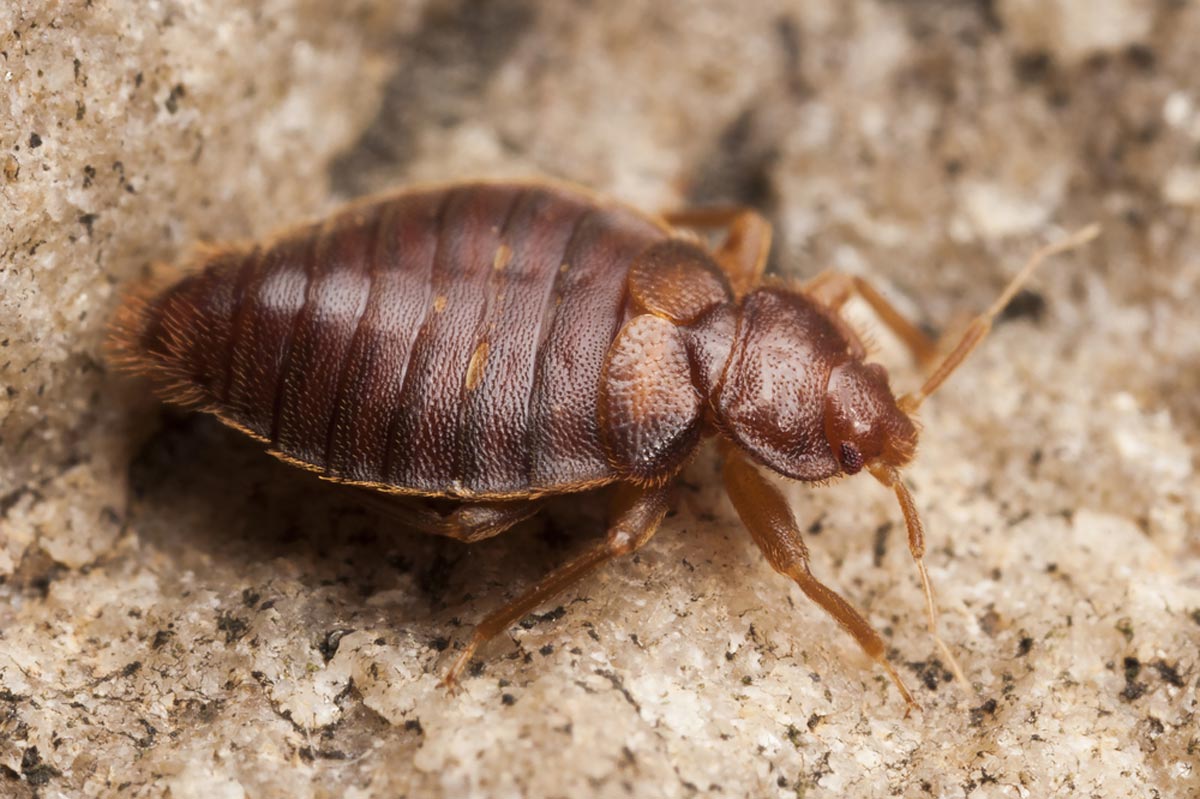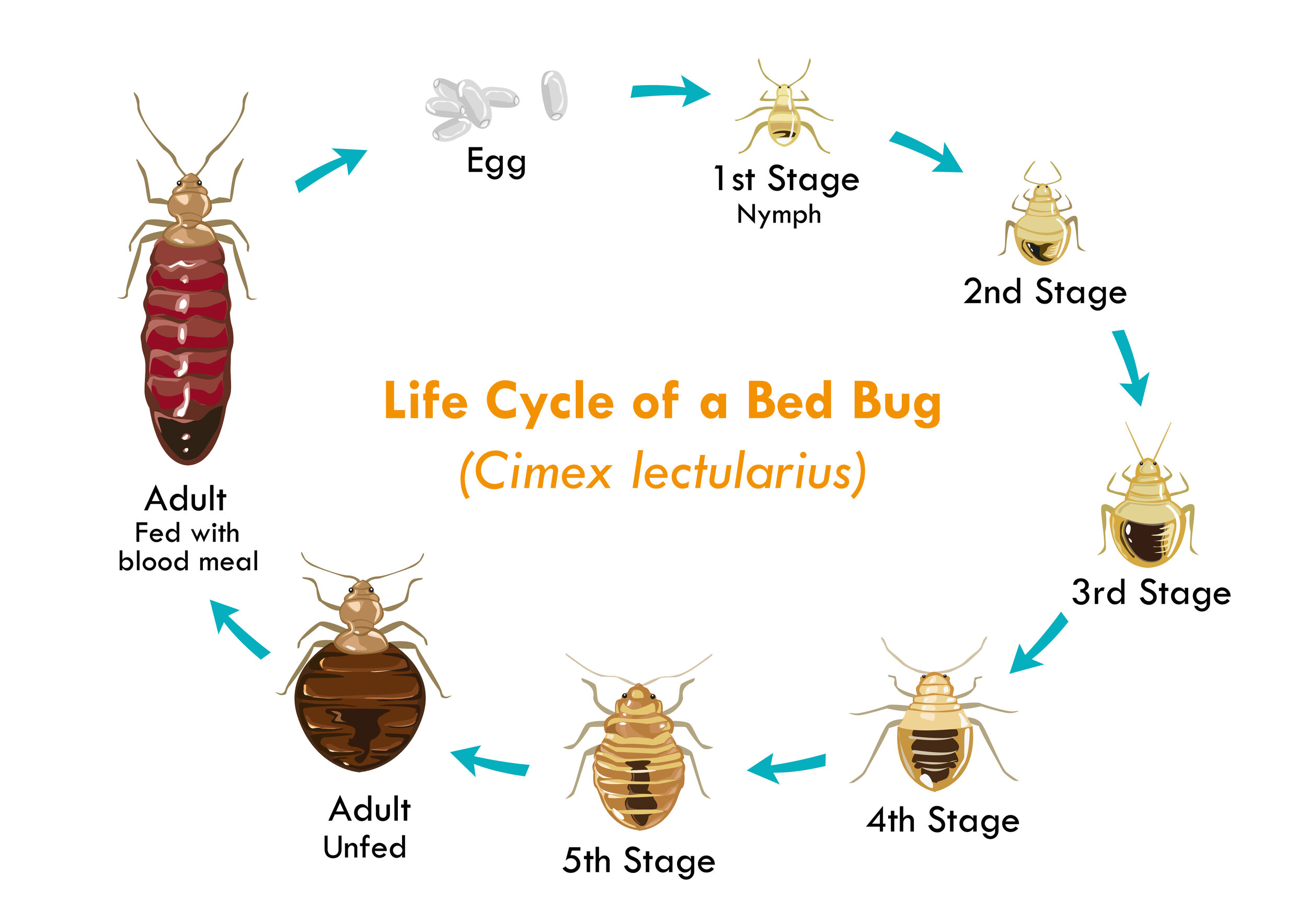Affordable A1 Bed Bug Removal in Houston - Professional Exterminators
Wiki Article
Recognizing the Lifecycle of Bugs for Targeted Control Strategies
Understanding the lifecycle of parasites is an essential aspect of reliable bug administration strategies. With a deeper understanding of just how parasites prosper and progress, tailored control methods can be designed to attend to details points in their lifecycle, ultimately leading to even more effective pest administration outcomes.Relevance of Understanding Insect Lifecycle
Comprehending the lifecycle of pests is important for establishing reliable and targeted control strategies in insect management. By understanding the numerous phases a bug goes with from egg to grownup, pest control specialists can determine weak spots in the lifecycle where intervention can be most effective. For circumstances, knowing when larvae are most energetic can assist determine the optimum timing for applying larvicides. Additionally, understanding the lifespan of a parasite types can help in anticipating population growth patterns and possible problem dangers.In addition, identifying the particular environmental conditions needed for each phase of the pest's lifecycle can direct decisions on habitat modification or exclusion techniques to disrupt the lifecycle and lower pest populaces. This understanding makes it possible for pest management specialists to apply positive measures instead of relying only on reactive treatments, resulting in more long-term and sustainable insect control solutions. Inevitably, a comprehensive understanding of pest lifecycles encourages bug control specialists to customize their methods successfully, making best use of and decreasing environmental impacts control outcomes.
Trick Stages in Insect Advancement
To successfully implement targeted control methods in pest administration, a critical element depends on comprehensively determining and recognizing the essential phases in pest advancement. Parasite development normally contains numerous key phases that are vital for their lifecycle and management. The initial phase is the egg stage, where parasites lay eggs that later on hatch into larvae. Larvae after that advance right into pupae, a phase where they go through metamorphosis prior to emerging as grown-up insects. Understanding these stages is crucial as it helps in determining weak spots in the lifecycle where control actions can be most effective.

Vulnerabilities in Insect Lifecycle
Throughout the various phases of a pest's lifecycle, unique vulnerabilities arise that can be strategically targeted for efficient control measures. One vital susceptability depends on the egg phase, where insects are often a lot more susceptible to particular insecticides or biological control representatives as a result of their soft outer shell, making them much easier targets for intervention. Furthermore, the larval or nymph stage offers vulnerabilities as bugs undergo rapid development and growth, calling for high power usage that can be manipulated by disrupting their food sources or presenting development inhibitors. Pupal stages, characterized by immobility and makeover, supply a window for targeted control through physical barriers or details therapies that prevent effective emergence. Finally, grown-up insects, while much more resistant due to their reproductive capacity, can still be vulnerable throughout breeding or egg-laying activities, which can be interfered this post with through scent traps or sanitation techniques. Recognizing these vulnerabilities in the pest lifecycle is crucial for creating efficient and precise control strategies that successfully take care of bug populations while decreasing environmental influence.Carrying Out Targeted Control Procedures

Implementing targeted control actions normally involves a multi-faceted strategy. This article source may consist of habitat alteration to make the atmosphere much less friendly to insects, such as getting rid of standing water for insect control or securing entrance factors for rats. Additionally, organic control methods can be made use of, where natural killers or microorganisms are introduced to maintain insect populations in check.
Integrated Parasite Administration (IPM) strategies that integrate different control measures in a worked with and sustainable manner are commonly the most reliable in achieving long-lasting parasite management goals. By carrying out targeted control measures based on a complete understanding of parasite lifecycles, insect populaces can be effectively regulated while reducing dangers to human health and the atmosphere.
Boosted Pest Administration Practices

Additionally, the unification of biological control representatives, such as all-natural predators or pathogens of pests, can aid minimize reliance on chemical pesticides and advertise a more balanced ecological community. Implementing physical obstacles and catches can also become part of boosted pest administration practices, offering safe and targeted remedies for insect control. In addition, making use of pheromones and other semiochemicals can interrupt pest breeding patterns and interaction, bring about reduced insect populations gradually.
Verdict
Finally, understanding the lifecycle of insects is vital for reliable pest management strategies. By identifying essential stages in insect advancement and vulnerabilities in their lifecycle, targeted control procedures can be carried out to lessen parasite populations. Enhanced insect management practices can help in reducing the reliance on broad-spectrum pesticides and advertise more environmentally friendly and sustainable pest control methods. This understanding plays a crucial function in keeping healthy and balanced ecological communities and internet farming performance.Comprehending the lifecycle of bugs is crucial for creating effective and targeted control methods in bug monitoring. By understanding the various stages an insect goes through from egg to grownup, parasite control specialists can determine vulnerable factors in the lifecycle where treatment can be most effective. Inevitably, a complete understanding of insect lifecycles empowers pest control practitioners to customize their approaches successfully, reducing environmental impacts and maximizing control end results.
By carrying out targeted control steps based on a comprehensive understanding of pest lifecycles, bug populations can be effectively managed while minimizing dangers to human health and the setting.
By determining crucial phases in parasite development and susceptabilities in their lifecycle, targeted control actions can be applied to lessen pest populations.
Report this wiki page